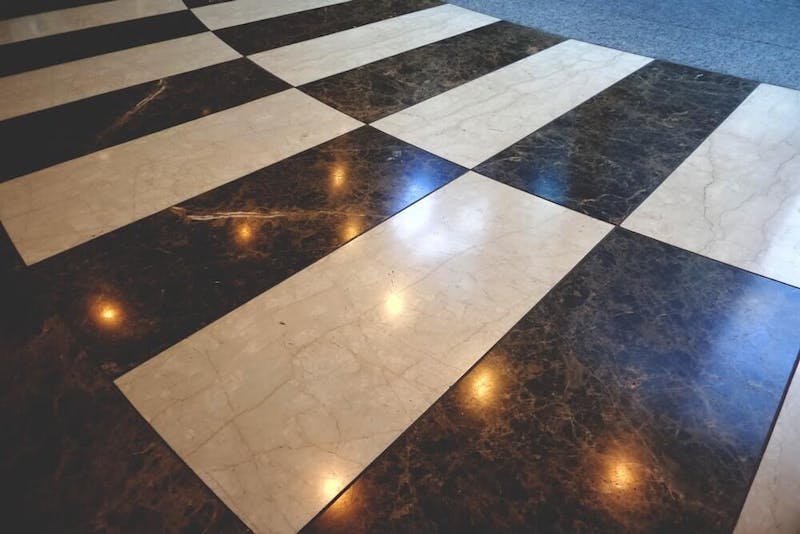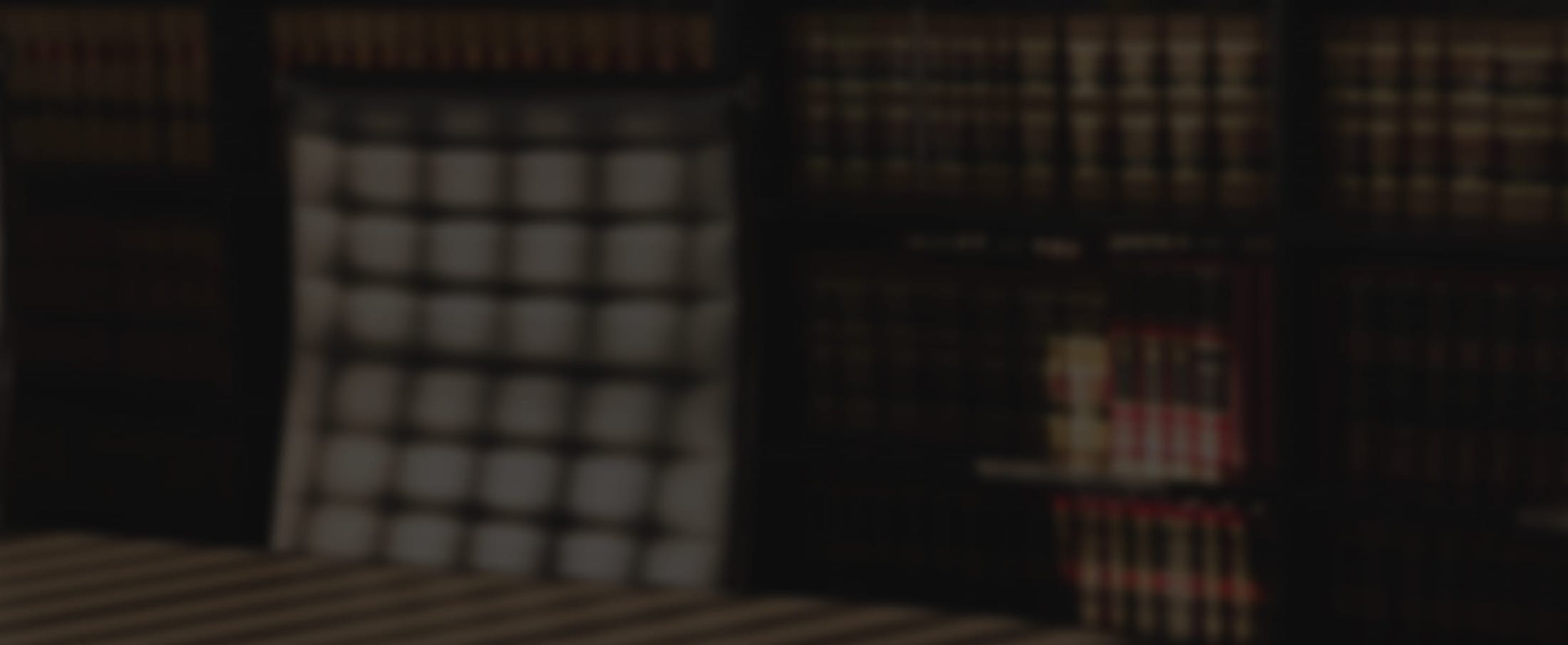
A fall is a serious accident that can lead to injury, hospitalization, or even death. Slip and fall accidents can happen in many different environments but are more likely to occur on certain types of flooring. Understanding which types of floors cause most slip and fall accidents can help you stay safe.
Do not hesitate to reach out to one of our Little Rock premises liability lawyers for answers if you have any concerns or questions about filing a claim following your slip and fall incident.
Breaking Down Slips, Trips, and Falls
Slip and fall accidents are made up of two different components—the slip and the fall. There are also trip and fall accidents, and you might have seen workplace safety information cautioning about slips, trips, and falls. Here’s what each of those words means:
- Slip – This incident occurs when you lose balance because there is not enough friction between the floor and your foot. Wet floors are the most common cause of slips, and wearing the wrong shoes or being in a hurry can increase your risk of injury.
- Trip – This is when your foot strikes an object while you are moving, and you are thrown off balance. You might be more likely to trip if you are in a hurry or in an area with cluttered flooring.
- Fall – A fall happens when your body is moved too far away from its center of balance. Both slips and trips can happen independently or lead to falls.
Falls are responsible for approximately 8 million visits to the emergency room (ER) every year. These occurrences account for over 21% of all visits, making falls one of the most common reasons to go to the ER. Slip and falls make up 12% of all fall-related ER visits, or about 1 million total.
Recognizing the types of floors that cause most slip and fall accidents can help keep you safe and minimize your risk of becoming part of that aforementioned 12%.
Wet or Slippery Floors Cause Most Slip and Fall Accidents
Wet or slippery floors pose the most significant threat when it comes to slip and fall accidents. When a surface is coated in water, soap, oil, or other liquids, it reduces traction and creates a fall risk.
Your chance of encountering wet or slippery floors will depend on where you are. For example, you might be more likely to encounter hazardous slipping conditions in a restaurant’s kitchen than in a clothing store. The most important takeaway is that wet floors can still cause you to slip and suffer an injury regardless of your location.
Aside from location, specific types of flooring can be more slippery than others when wet, too. These are just some of the things that can make a floor too slippery to be safe:
- Water
- Snow
- Ice
- Oil
- Grease
- Food debris
- Wax
- Floor polish
The Consumer Product Safety Commission notes that specific flooring materials and floor types are directly related to around 2 million slip and fall injuries per year. Identifying which floors pose the greatest fall risk is an important part of keeping yourself safe.
Marble
Polished marble offers a beautiful, shiny look that can make virtually any place look elegant. That gorgeous shiny gloss is just as slippery as it looks, though. Wearing improper shoes or even just moving too quickly is enough to cause a slip and fall accident on marble flooring.
Your risk of falling increases drastically once water or other liquids are added into the mix. Be especially cautious if you encounter marble floors in a bathroom or kitchen, where water often ends up on the floor.
Ceramic and Porcelain Tiles
Both ceramic and porcelain tiles are naturally non-porous materials with a smooth finish and look, making them easy to clean. Unfortunately, the reasons that make them a popular choice also make them dangerous.
Gaining traction on smooth, non-porous surfaces can be a challenge. Slip and fall accidents are common when liquids are present.
Wood Floors
Watch out for wood flooring that looks like it’s been recently cleaned. Although you might not think of wood floors as being slippery, they absolutely can be when cleaned improperly.
Specifically, cleaning products designed for vinyl floors can actually cause wood floors to become very slick. Cleaning solutions and other liquids that are left behind in small puddles can also cause wood floors to warp, creating a tripping hazard.
Vinyl Flooring
Vinyl flooring can be slippery enough all on its own, even when recently installed. However, older vinyl flooring poses a bigger slip and fall risk. Years or even decades of polish and cleaning product buildup can turn this naturally slick surface into something closer to an ice rink.
Stamped Concrete
Concrete is a popular flooring choice for outdoor (and some indoor) areas because it is:
- A Low Impact Material
- Strong
- Durable
However, it can also be slippery when wet. Slip and fall concerns tend to be higher with stamped than brushed concrete. Brushed concrete has a rougher texture that is perfect for creating traction. On the other hand, stamped concrete has a smooth, prettier finish.
That smooth finish makes it a popular choice for places like swimming pools, where water commonly ends up on the ground.
Additional Slip, Trip, and Fall Risks
Wet or slippery floors are not the only hazards that can send you to the emergency room. The following are just a few examples of other potentially dangerous situations that can cause falls:
- Uneven or broken surfaces
- Ripped carpet
- Poor lighting
- Stairs without railings
- Snowy or icy sidewalks
Finding Support at McMath Woods P.A.
You might be at your most vulnerable after a serious slip and fall accident. Minimizing any further damages or trauma should be among your top priorities. You need the right support to accomplish this, though, which we understand here at McMath Woods P.A. Our Little Rock premises liability lawyers can provide compassionate knowledge and support on your journey to recover compensation for your injuries.
Do not hesitate. Get in touch to schedule a free consultation today.

